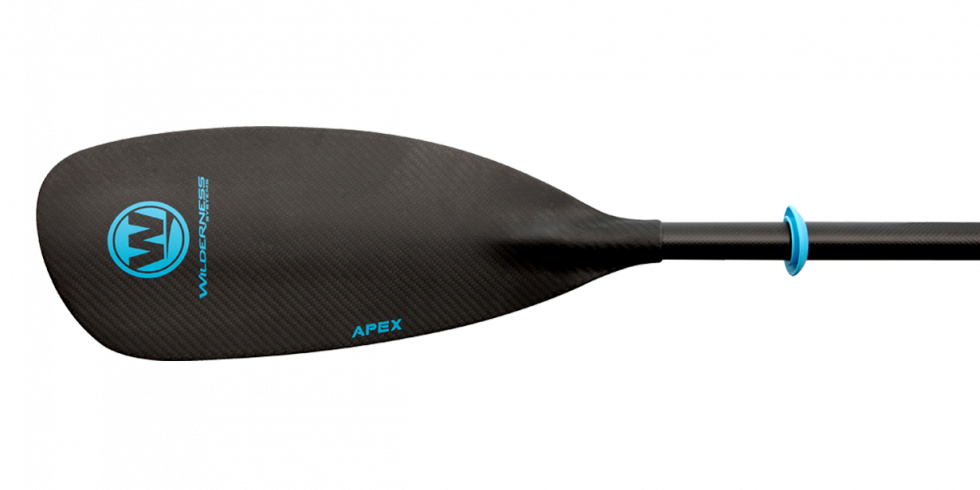
Apex Carbon (2 Sizes)
The Apex Rec/Touring Carbon paddle weights just 27 oz and is the lightest option in the Apex series.
Learn More
The Apex Rec/Touring Carbon paddle weights just 27 oz and is the lightest option in the Apex series.
Learn MoreJoin the Wilderness Systems Email Community
Be the first to know about new products, team news and events.


Reposted from the Wilderness Systems blog, written by James P. Shank
As we all know, proper positioning in the kayak can be the key to a successful day on the water, or waking up the next morning in pain, and wondering if we'll live to see the sunset. I have had mornings where I roll over and wonder if I will make it out of bed without assistance. Wait, I didn't paddle yesterday... Hmmm.. this may have more to do with age. ( What? Who said that?)
What is a proper paddling position, and how do we get there?
First you should be centered in your kayak. Sit to one side or another and your kayak will turn away from that side. When this happens, you will spend the day correcting for the unwanted turn. Unbeliever? Check for yourself... Get some speed up, slide your hip to one side and glide, your kayak will begin to turn away from the hip position. In sea kayaking we call this edging or an edge turn. This technique is an important tool as it allows you to maintain your paddling rhythm and make course corrections by edging your kayak. So... to avoid this simple error, center yourself in the kayak....
Secondly... Let's properly adjust your seat. You'll want to have proper back support and if your seat allows, adjust the seat bottom to support your thighs. When paddling the Commander 120 we don't use the seat, choosing to sit in the Captain's Perch. In this case... just insure you sit centered.
Next, adjust the foot pegs or rudder pedals to give you the proper spacing on the pedals. You'll want a slight bend on the legs, but don't want to be cramped. Your foot pegs allow you to use the leverage of your legs to assist in the paddle strokes, let's get those puppies in play.
Okay, all adjusted, now sit up straight with maybe a slight bend in the back. As you begin to paddle... use your proper stroke rotation, proper catch, a full stroke and smooth recovery at the end of the stroke. You are kayaking. For more info on the proper kayak paddling techniques, check out one of the many dvd's available, grab a kayak paddling class, or surf youtube. A proper paddle stroke uses the core muscles and not just the arms.. you will paddle farther with less effort and feel less at the end of the day... learn it, use it and love the difference...